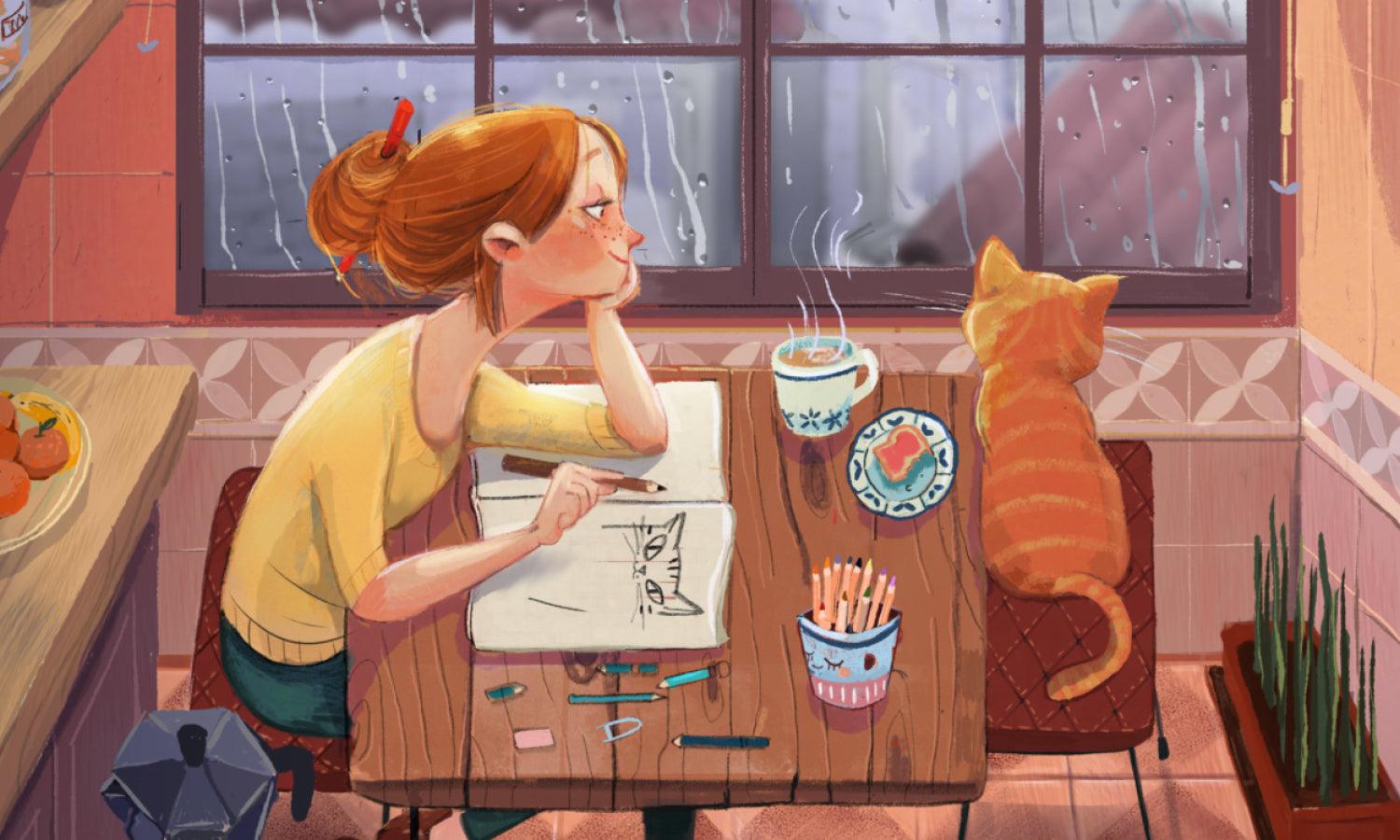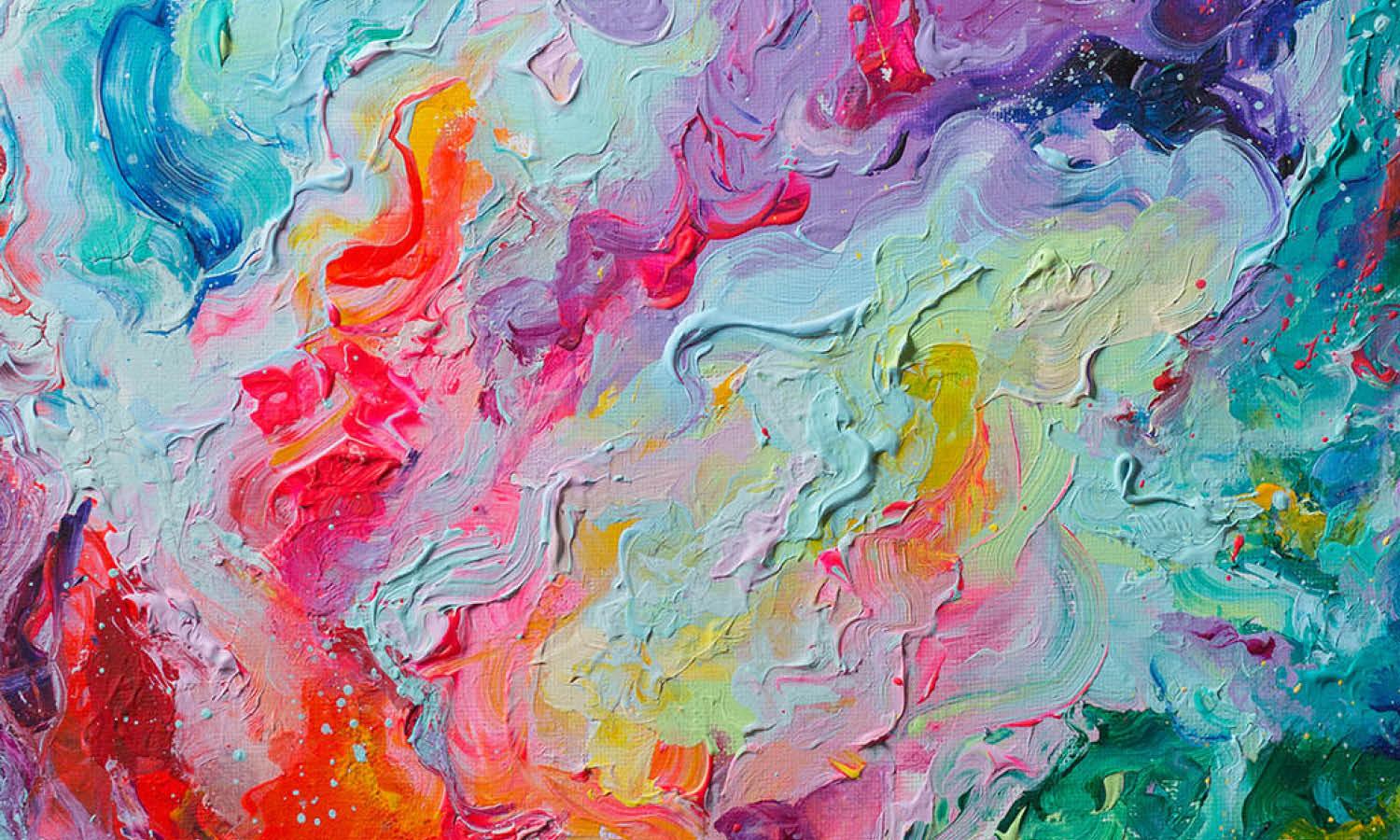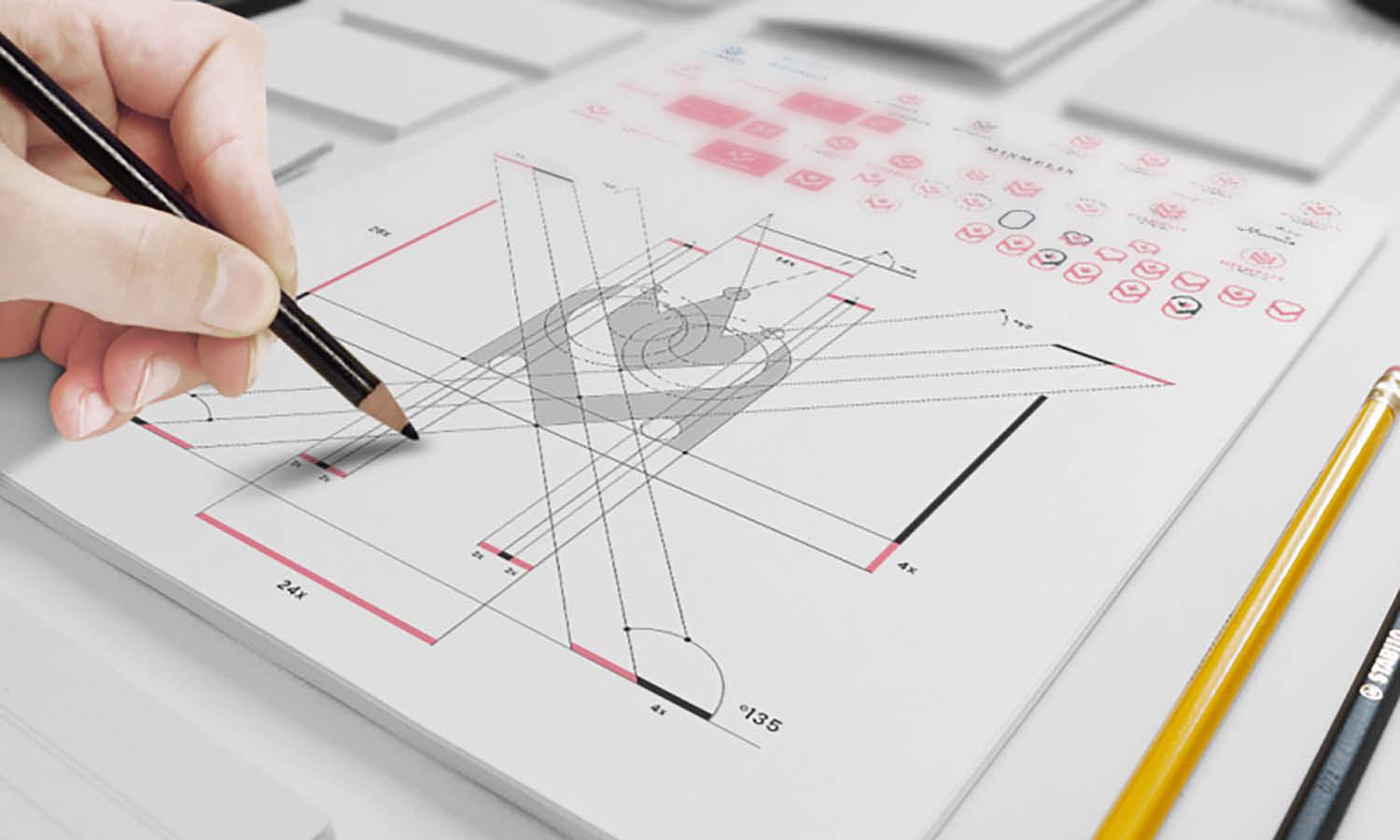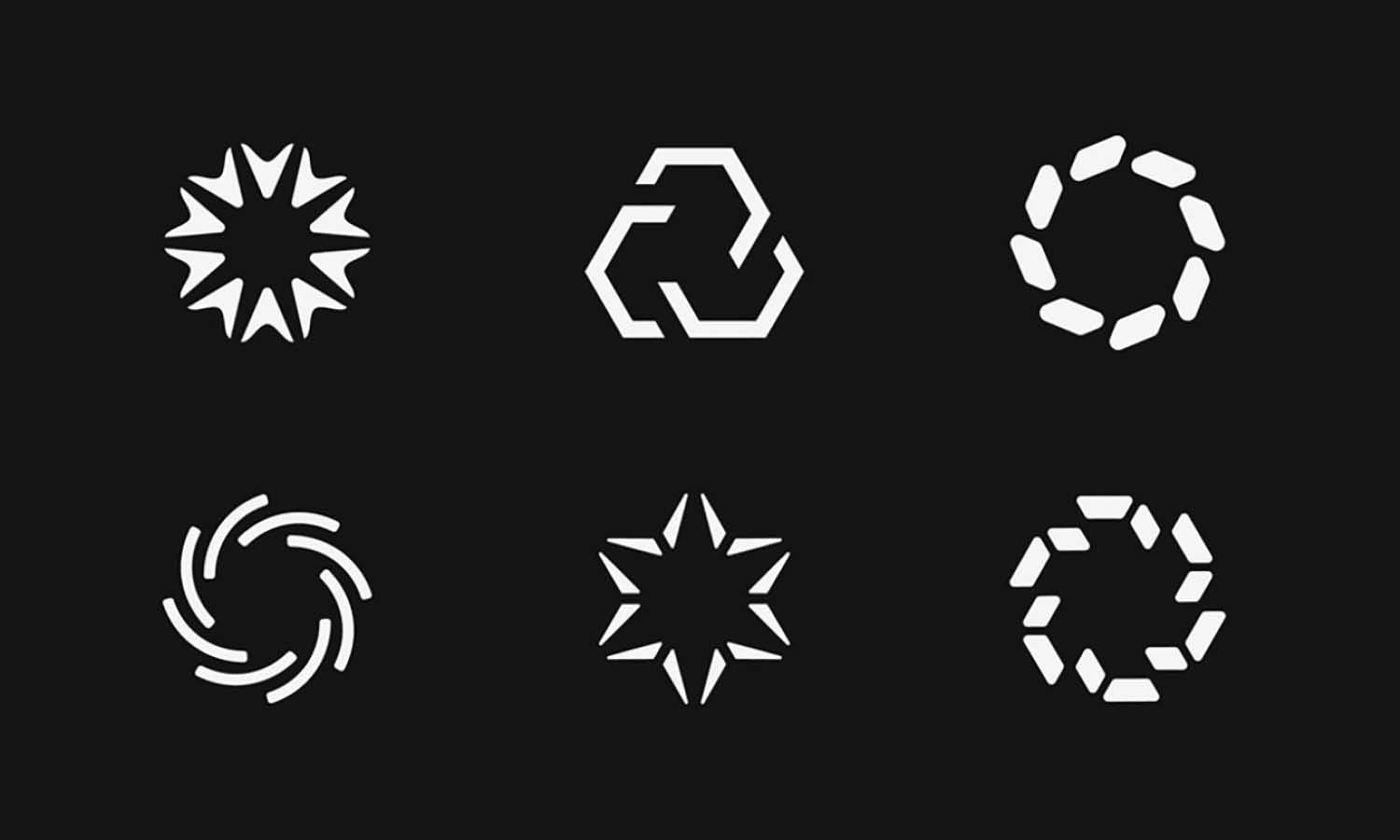Create the Funkiest Color Gradient in Adobe Illustrator

Source: Mano a Mano, The State of Presence Report, Behance, https://www.behance.net/gallery/117984917/The-State-of-Presence-Report
Adobe Illustrator is a powerhouse for digital artists, offering a range of tools to create stunning visuals. One of the most exciting ways to bring vibrancy and energy into your designs is by using a color gradient. Whether you are designing a poster, a logo, or a background, mastering gradients can add depth, movement, and a unique artistic flair to your work.
A color gradient is a seamless transition between two or more colors, allowing you to create dynamic shading effects and striking visual elements. Adobe Illustrator provides several gradient types, including Linear, Radial, and Freeform Gradients, each offering unique possibilities for color blending. By exploring different settings, blending modes, and custom gradient techniques, you can craft the funkiest and most eye-catching gradients possible.
Understanding the Gradient Tool
The Gradient Tool in Adobe Illustrator is a versatile feature that allows designers to create smooth transitions between multiple colors, enhancing the visual impact of their work. Located under the 'Window' menu in the toolbar, the Gradient Tool can be accessed by selecting 'Gradient' or using the shortcut 'Ctrl + F9' on Windows or 'Cmd + F9' on Mac.
Using this tool, designers can easily craft linear or radial color gradients. Linear gradients blend colors along a straight line, while radial gradients radiate from a central point outward. The tool’s interface displays a gradient bar, where colors can be added or adjusted by dragging color stops along the bar. Each color stop represents a point where a new color can be inserted into the gradient.
Additional options within the tool allow for the adjustment of the angle and location of the gradient, providing complete control over how the gradient is applied within the design. For precise edits, the Gradient Annotator appears when a gradient-filled object is selected, enabling direct on-art adjustments.
Choosing the Right Colors
Selecting the right colors for a color gradient in Adobe Illustrator is crucial for achieving the desired aesthetic and emotional impact of a design. When choosing colors, consider the overall theme and purpose of your project. Vibrant, contrasting colors can evoke excitement and attention, while softer, analogous colors might suggest calmness and harmony.
Begin by picking a base color that fits with the theme of your design. From there, choose additional colors that complement or contrast with this base, depending on the effect you wish to achieve. It’s important to consider color theory principles, such as complementary (opposite on the color wheel) and analogous (next to each other on the color wheel) schemes, to guide your selections.
Adobe Illustrator provides tools such as the Color Guide and Swatches panels to help designers experiment with and visualize different color combinations. The Color Guide offers harmonious color suggestions based on your initial choice, making it easier to develop a cohesive gradient.
Remember, the transition between colors in a gradient should be seamless and pleasing to the eye. Testing your gradient in various contexts within your design can ensure that it not only looks good in isolation but also complements other design elements effectively. With thoughtful color selection, your color gradients can elevate the visual appeal of any project in Adobe Illustrator.
Creating a Basic Linear Gradient
Creating a basic linear gradient in Adobe Illustrator is a straightforward process that can add depth and dimension to your designs. To start, select the object to which you wish to apply the gradient. This can be any shape or text element within your workspace.
Once your object is selected, navigate to the Gradient Panel by choosing 'Window' > 'Gradient' from the top menu, or use the shortcut 'Ctrl/Cmd + F9'. In the Gradient Panel, set the Type to 'Linear'. This action will initiate a simple gradient from black to white by default.
To customize the colors, click on the gradient bar within the Gradient Panel. You will see markers at either end of the bar, known as gradient stops. Click on a stop to select it, and then choose a color from the Color Panel. To add more colors, simply click below the gradient bar where a new stop will appear. You can then adjust the location of each stop by dragging it along the bar, allowing precise control over the color transitions.
Adjusting the angle of the gradient is also possible by changing the angle value in the Gradient Panel. This determines the direction of the color flow across your object, enhancing the visual effect of the gradient.

Using the Gradient Annotator
The Gradient Annotator in Adobe Illustrator is a crucial tool for designers who want to apply and adjust color gradients with precision. This feature becomes visible when a gradient is applied to an object and the Gradient Tool (G) is selected. It offers an intuitive interface for modifying gradients directly on the artwork.
To start, select the object with the gradient and click the Gradient Tool. You'll see the Gradient Annotator appear as a bar or circle (depending on whether the gradient is linear or radial) overlaying the object. This annotator represents the gradient's spread and direction.
For linear gradients, the annotator displays as a line with handles on either end. You can click and drag these handles to change the orientation and length of the gradient, which adjusts how the colors transition across the object. For radial gradients, the annotator appears as a circle with multiple handles that adjust the radius and focal point of the gradient.
By moving the handles, you can dynamically adjust the gradient's angle and spread, allowing for real-time feedback and precise control over the visual outcome. Additionally, clicking directly on the gradient line or circle lets you add new color stops, which can be individually adjusted for color and opacity by selecting them and using the options in the Gradient Panel.
Experimenting with Radial Gradients
Experimenting with radial gradients in Adobe Illustrator allows designers to explore dynamic color transitions that radiate from a central point. This type of gradient is particularly useful for creating circular effects, such as glowing lights or spherical objects.
To begin, select the object you wish to enhance with a radial gradient. Access the Gradient Panel by selecting 'Window' > 'Gradient' or by pressing 'Ctrl/Cmd + F9'. Change the Type from Linear to Radial in the Gradient Panel. Initially, this will create a simple gradient that transitions from the center of the object outward.
Customizing your radial gradient involves adjusting the colors and positions of the gradient stops. Click on the gradient bar within the panel to access these stops. You can add new colors by clicking directly below the bar to insert new stops, and adjust these by dragging to change their position, affecting how colors spread from the center.
For further customization, use the Gradient Tool directly on your object. This tool allows you to move the center of the gradient and stretch it, enabling you to control the focal point and rate of color transition in a more visual and intuitive way.
Adobe Illustrator also provides options to adjust the aspect ratio of the radial gradient, allowing you to stretch or compress the gradient in a particular direction, offering more creative control over the shape and flow of the gradient.
Using the Freeform Gradient Tool
The Freeform Gradient Tool in Adobe Illustrator is a powerful feature for creating complex and nuanced color gradients that do not conform to linear or radial patterns. This tool allows for the placement of color points anywhere within an object, offering unparalleled control over color transitions and effects.
To use the Freeform Gradient Tool, first select the object you want to apply the gradient to. Then, click on the Gradient Tool (G) and choose the 'Freeform' option from the type choices available in the Gradient Panel. Initially, Illustrator will place several color points randomly across the object. You can move these points to desired locations simply by dragging them.
Adding new color points is as easy as clicking anywhere on your object. Each point can be set to a specific color using the Color Picker, which allows for precise and creative control over how the gradient develops across the object. You can also control the spread of the color by adjusting the sliders that appear when a color point is selected, blending it smoothly with adjacent colors.
For designers seeking to create more dynamic and fluid designs, the Freeform Gradient Tool opens up a realm of possibilities. It's especially useful for creating realistic textures, like skies or reflective surfaces, where the colors change irregularly and subtly.
Adjusting Gradient Opacity and Location
Adjusting the opacity and location of gradients in Adobe Illustrator is essential for creating depth and dimension in your designs. This control can be used to fine-tune how gradients interact with the design elements and overall composition.
To adjust the opacity of a gradient, select your gradient-filled object and open the Gradient Panel. Here, you’ll see the gradient bar with its color stops. To change the opacity of any color within the gradient, click on a stop and adjust the opacity slider in the Color Panel or enter a specific value into the opacity field. This feature is particularly useful for creating soft transitions and subtle visual effects.
Adjusting the location of a gradient is also done through the Gradient Tool. Once your object is selected and the Gradient Tool is activated, you'll see a gradient annotator on the object itself. This annotator allows you to click and drag the gradient start and end points directly within the workspace. You can move these points to shift the gradient flow, stretching or compressing the gradient across the object. The angle of the gradient can be changed by rotating the annotator’s angle handle.
Fine-tuning both the opacity and location of gradients allows designers to achieve a more integrated look, ensuring that the gradient complements rather than overwhelms the other design elements. These adjustments can significantly enhance the visual impact of your artwork, making gradients a versatile tool in your Adobe Illustrator toolkit.

Source: Adobe Photoshop
Experiment with Mesh Tool
The Mesh Tool in Adobe Illustrator is a sophisticated feature that allows designers to create and manipulate complex color gradients with precision. This tool adds a mesh to an object, with intersecting lines that create multiple, editable points for applying different colors.
To use the Mesh Tool, select the tool from the toolbar or press 'U'. Click anywhere on your object to add a mesh point, and you will see a network of lines spreading from the point of click. Each intersection of the mesh lines acts as a node where you can apply a distinct color.
Select a mesh point and choose a color from the Color Panel. The color will blend seamlessly with adjacent mesh points, allowing for smooth gradients that flow across the shape of the object. The beauty of the Mesh Tool lies in its ability to offer detailed control over how and where the colors transition, which is perfect for creating realistic textures like fabrics, metals, and natural elements.
Adjusting the position of the mesh points or adding more points can intensify or soften the color transitions, giving you creative freedom to experiment with depth and tonality. The Mesh Tool's versatility makes it an essential technique for designers wanting to add a touch of realism and intricacy to their vector illustrations.
Combine Multiple Gradients
Combining multiple gradients in Adobe Illustrator can enhance the depth and visual interest of your designs. This technique involves layering different gradients over one another to achieve a more complex color scheme.
Start by applying a basic gradient to your object. You can then create a new shape or use an existing shape on top of the first, applying a second gradient. This second gradient can complement or contrast the first, depending on the desired effect. For example, using a radial gradient atop a linear gradient can create a focal point or highlight within the design.
Adobe Illustrator allows for the manipulation of each gradient independently, so you can adjust the direction, spread, and colors without affecting other layers. To refine your design further, change the blending mode of the top gradient layer by selecting it in the Transparency Panel. Blending modes like Multiply, Overlay, or Soft Light can merge the gradients in different ways, revealing or obscuring parts of the underlying colors.
This method of combining gradients is not only a way to add complexity to your artwork but also a powerful tool for creating rich, vibrant backgrounds or sophisticated graphical elements. With practice, you can master the interplay of multiple gradients, bringing a dynamic range of visual effects to your creative projects.
Create Custom Swatches
Creating custom swatches in Adobe Illustrator is a useful technique for saving and reusing your favorite gradients, streamlining your workflow and ensuring color consistency across your projects. This feature allows you to keep a library of gradient options readily available for any element in your designs.
To create a custom swatch, design a gradient using the Gradient Tool. Once satisfied, open the Swatches Panel by navigating to 'Window' > 'Swatches'. With your gradient-filled object selected, simply drag the gradient from the Gradient Panel or directly from the object into the Swatches Panel. This action will save your gradient as a new swatch.
Give your new swatch a descriptive name by right-clicking on it in the Swatches Panel, selecting 'Swatch Options', and entering a name. This naming step is especially helpful if you are managing multiple gradients or adhering to specific branding guidelines.
Now, your custom gradient swatch is available for use in any future design within Illustrator. You can apply it to any shape or text by selecting the swatch from the Swatches Panel.
Conclusion
Mastering the art of color gradients in Adobe Illustrator can transform your designs, adding vibrancy, depth, and creativity. By experimenting with different gradient types, adjusting opacity, and using blending modes, you can achieve bold and funky color effects that make your artwork stand out. Whether you prefer smooth, subtle transitions or high-contrast, psychedelic blends, the possibilities are endless. Keep refining your skills, save custom gradients for future use, and explore new ways to push your creativity. With these techniques, you can confidently create stunning color gradients that bring energy and personality to your Adobe Illustrator projects.
Let Us Know What You Think!
Every information you read here are written and curated by Kreafolk's team, carefully pieced together with our creative community in mind. Did you enjoy our contents? Leave a comment below and share your thoughts. Cheers to more creative articles and inspirations!
















Leave a Comment